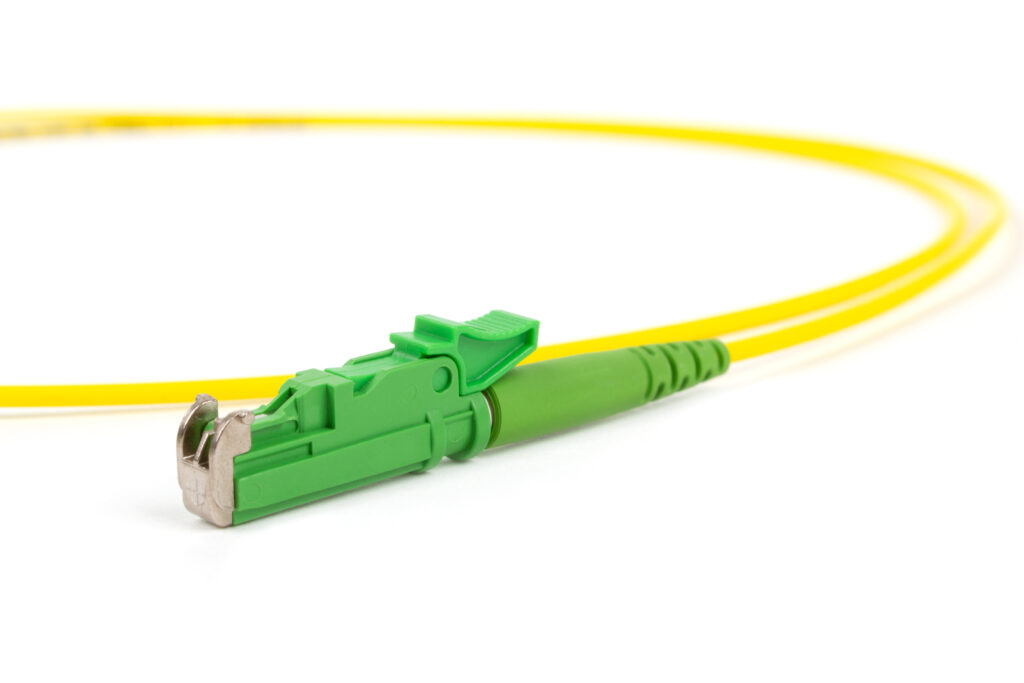Optical fiber systems are becoming more popular due to their efficiency and high performance in terms of bandwidth and distance. But did you know that they are also environmentally sustainable? In contrast to traditional copper cables, which have been in use for decades, optical fiber cables offer superior bandwidth, energy efficiency, and environmentally friendly manufacturing.
In celebration of Earth Day, we will discuss the sustainability of fiber optic cables compared to copper cables. We’ll focus on three key points: fiber’s ability to support multiple generations of technology, sustainable manufacturing materials, and energy efficiency.
Increase the Bandwidth, Reuse the Fiber Cables!
Fiber optic cables support very large bandwidths, meaning that they can transmit data at much higher rates than copper cables. Fiber optic cables do not need to be replaced with each technology generation, as is often required for copper cables. This leads to saving on raw materials and reducing waste.
Fiber optic cables transmit data via brightness levels not electrical voltage levels, so they are not limited by the electrical transmission properties of copper, such as resistance, attenuation, and cross-talk. Therefore, fiber optic cables can transmit information over much longer distances and with much less signal loss than copper cables. The same fiber cables that are used for 10G signals can be used for 100G+ by simply swapping out the end-points. This makes fiber optic cables a much more sustainable option in the long run.

Sustainable Manufacturing Materials
The materials used in the manufacturing of fiber optic cables are also more environmentally sustainable than those used in mining copper. Copper mining is a resource-intensive process that requires large amounts of energy and water. In contrast, the primary material used in fiber optic cables is glass, which is made from abundant materials such as sand and limestone. Glass is also recyclable, making it a more sustainable option for the environment.
Additionally, some companies have begun using more eco-friendly materials in the fiber cable manufacturing process. This reduces the environmental impact of production.
Energy Efficiency

Light transmission over fiber is more energy efficient than electrical signals over copper at high data rates. Copper cabling is more prone to signal loss and distortion, a problem that tends to worsen as the data rate increases. This means that more power is needed to maintain a reliable connection over longer distances for high-bandwidth electrical signals.
Fiber optic systems use light to transmit data, which requires less energy than electrical signals because the light has low attenuation and dispersion in the fiber. So the signal can be transmitted over much longer distances without requiring additional power. Additionally, fiber optic cables do not generate heat and are immune to electromagnetic interference, which can cause further energy loss. As a result, fiber optic systems can have a lower carbon footprint than electrical systems.
In conclusion, optical fiber cables are a more sustainable option than copper cables. They have large inherent bandwidths, allowing them to support many technology generations. This eliminates the need for copper mining, which is damaging to the environment and resource-intensive.
Additionally, fiber optic systems use more sustainable manufacturing materials and are more energy efficient. As technology continues to advance and demand for high-speed data transmission grows, the sustainability of optical fiber cables will become even more critical.
